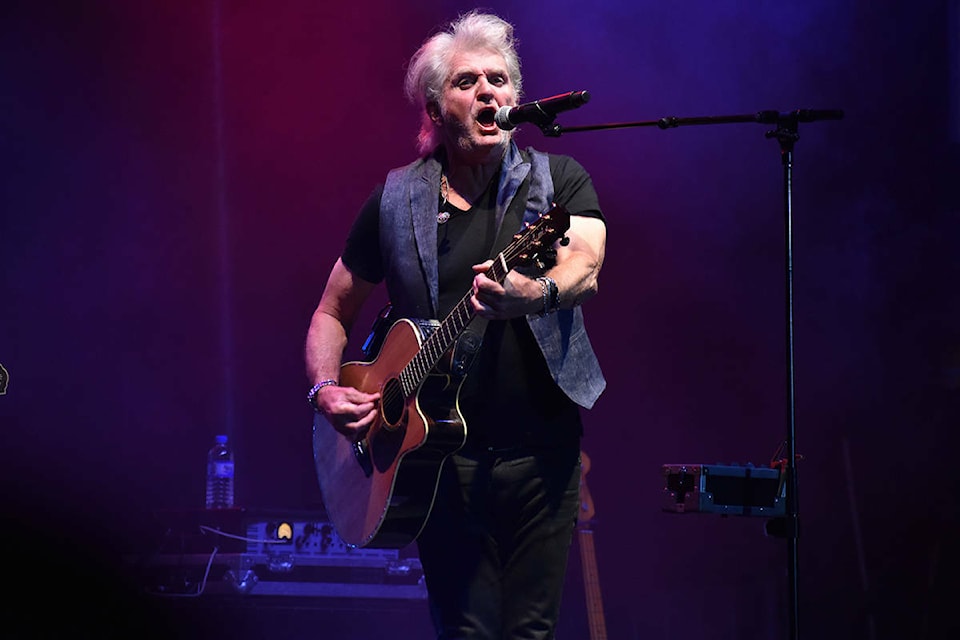Research presented at this yearB��Ԫ������ַ�s Vancouver Island Economic Summit suggests that the arts add nearly $1 billion to the IslandB��Ԫ������ַ�s economy, contribute more than $675 million in GDP and support more than 20,000 jobs.
Those were among the findings delivered by Chad Rickaby and Louisa Plant of Nordicity, a consulting firm specializing in arts impact studies and cultural planning, at a summit session on Oct. 28.
The study was launched this summer by Digital Innovation Group, a collection of Vancouver Island and Gulf Island arts councils, to determine the economic, social, cultural, and health impacts of arts across the region.
The survey received around 1,500 responses, including from 800 artists, 150 cultural organizations and 160 local business representatives. Eighty per cent of the respondents were over 50 years old and 77 per cent identified as female. They mostly agreed that the arts sector improves mental and physical well-being and quality of life.
The research determined that there are more than 37,000 artists in the region, with nearly three-quarters of them practising visual arts, although nearly 80 per cent do not support themselves on their art alone.
The report also identified more than 1,100 cultural organizations, operating mostly as non-profits on B��Ԫ������ַ�razor thinB��Ԫ������ַ� margins. Those groups employed an average of more than 40 volunteers each in 2019 and, by using an average of 120 hours per year and the average hourly wage for arts workers, the report valued their contribution at $115 million.
B��Ԫ������ַ�Taken together, artists, cultural organizations and cultural tourism generated more than $900 million in direct economic activity in 2019B��Ԫ������ַ�B��Ԫ������ַ� Rickaby said. B��Ԫ������ַ�Economic activity from the arts is larger than key regional institutions such as Vancouver Island University ($624 million) as well as notable industries such as VictoriaB��Ԫ������ַ�s cruise ship economy ($124 million) or the regional dairy industry ($32 million).B��Ԫ������ַ�
The report also estimated that the arts sector supports 35 per cent more jobs than the regionB��Ԫ������ַ�s forestry sector.
RELATED:
Business respondents agreed that the arts make a community a more attractive place in which to live and do business. They agreed that arts and culture creates demand for their business and the sense of place encourages investment in the region.
The report also showed the effect the closure of arts and culture institutions due to COVID-19 had on businesses, as 71 per cent said those closures negatively impacted their revenue and a plurality indicated that it led to a decrease in revenue of 50 per cent or more.
Respondents said the arts and culture sector has a role to play in COVID-19 recovery, including by building community and strengthening identity, growing tourism and attracting new residents and encouraging better physical and mental health.
B��Ԫ������ַ�We have evidence that people want the arts in post-COVID recovery and will be willing to pay for it,B��Ԫ������ַ� Plant said. B��Ԫ������ַ�We asked survey participants if they would consider making a personal contribution to the sectorB��Ԫ������ַ� 78 per cent indicated that yes, they would, and B��Ԫ������ַ� the estimated average willingness to pay in total was more than $200 per person.B��Ԫ������ַ�
For more information about the economic summit, visit .
READ ALSO:
READ ALSO:
READ ALSO:
arts@nanaimobulletin.com
Like us on and follow us on



